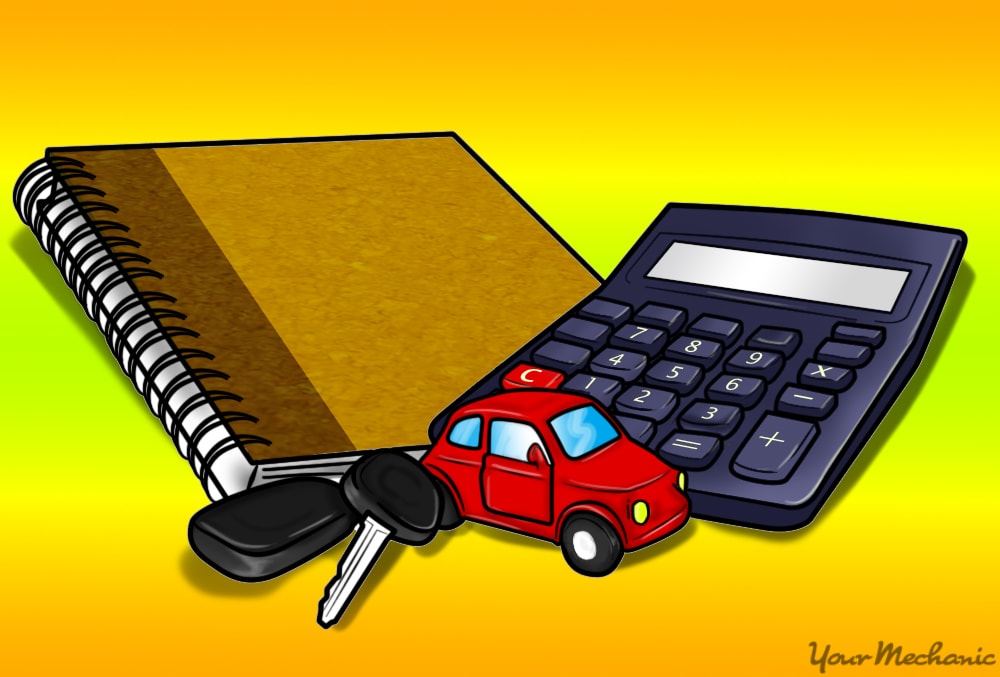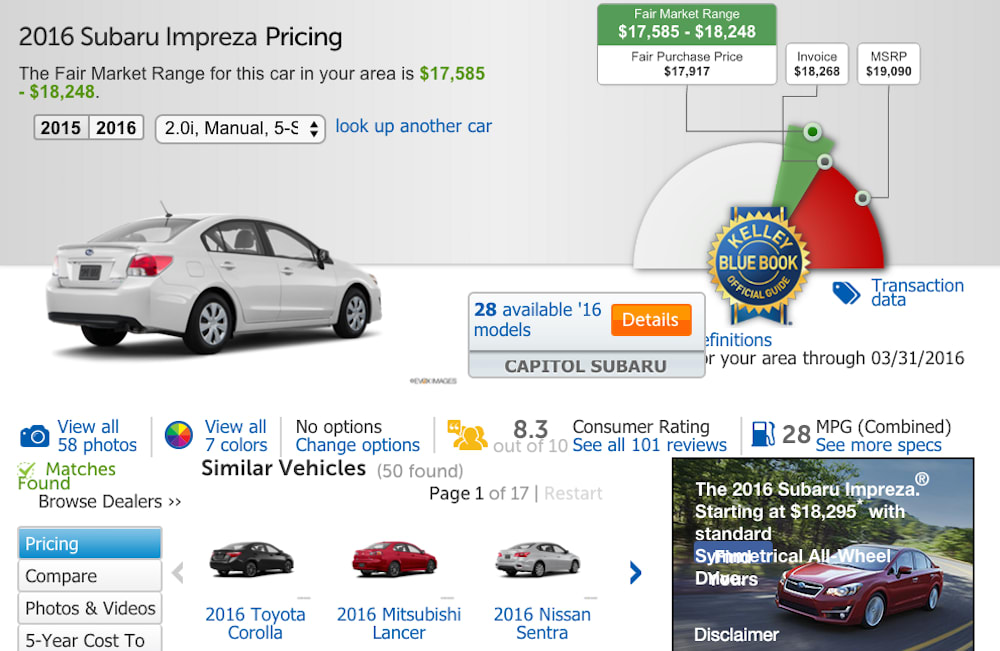

When you find your budget tightening, you start to analyze your expenditure in an effort to loosen the proverbial noose of debt.
You will find that some expenses are mandatory, some without cheaper substitutes and some things you can do without until you’re back on your feet and in a better financial position. Among the must haves - you still have to make your rent or house payment, pay your utilities, and – yes – shell out some cash for your monthly car payments.
While you could make an argument that a car is a luxury rather than a necessity, it is an argument that would likely fall on deaf ears. In this day and age, we are dependent on personal transportation – not as a frivolous extra, but often as a means to do our job and earn the funds needed to live comfortably.
While you don’t have to get rid of your car to lighten your financial burdens; there are several methods you can use to reduce your current monthly car payment to better fit your budget.
Method 1 of 4: Consolidate your debt
If you have multiple debts in addition to your car payment, it is best that you to consult with a loan officer about a consolidation loan. This gathers your multiple debts together into one payment, which is simpler to deal with in terms of your budget and often reduces the amount you will need to pay on a monthly basis.
It is even possible to lock in a better interest rate than you had before with this method.
Method 2 of 4: Refinance your car loan
Loan consolidation is not the only way to possibly gain a lower interest rate and, ultimately, lower your monthly car payments. You can also refinance your car loan.
If the economy is such that interest rates are in a general decline or your credit has significantly improved since you first financed your vehicle, this is a worthwhile option to explore.
Step 1: Check your loan balance. Just as you would need a certain amount of equity before you could refinance a home loan, this option is only viable if you have been paying on your car for a while.
The balance of your loan should be less than the current value of your car.

- Tip: To determine your car’s value and compare it to your remaining debt, consult the Kelly Blue Book or NADA websites.
Step 2: Limit procedures that need credit history access. When exploring both consolidation and refinancing options, bear in mind that while you should compare rates from multiple lenders, the frequency of accessing your credit history impacts your credit score.
Since every time a potential lender requests your credit report negatively impacts your score, limit your “shopping around” to your best options, such as the banking institution you regularly use.
Method 3 of 4: Make the switch to a cheaper car
While doing without a car may not be an option, you can greatly reduce your monthly payments simply by getting a cheaper car. This requires you to sell your current vehicle to pay off your loan and use the excess cash for a down payment on a car with a lower value.
Although this method may sound extreme, it is very effective at making your monthly budget less intimidating.
Step 1: Sell your car. You will need to sell your car for more than your car loan’s balance for this method to work.
While websites like NADA and Kelly Blue Book can provide you with an estimated value for your current car, that doesn’t necessarily translate into the actual sale amount you will get. For a better idea of what you can realistically get for your vehicle, check your local print and online classifieds and see the sales price for vehicles like your car.
Step 2: Get a cheaper car. This method works regardless of the interest rate as the loan on the second car will be for a lesser total amount than the loan on your previous car.
- Tip: If you are planning to buy a used car, get a professional mechanic, such as one from YourMechanic, to perform a pre-purchase inspection so that you can avoid expensive repairs in the future.
Method 4 of 4: Negotiate with your lender for lower payments
Some lenders have policies in place where payments can be reduced for a short period of time when a creditor has had a significant change in income due to an extreme circumstance, such as a medical issue or job loss.
Step 1: Contact the dealership. You will be more likely to find success in negotiating new terms for your car loan if you financed your car through the dealership. Contacting the dealership is beneficial to your cause, simply because there is less red tape to navigate and you are likely to deal more with individuals who know you, than a corporation as a whole.
Step 2: Consider the long-term impact on your finances. Bear in mind that, if you do manage to negotiate lower payments, your total interest paid will be higher and your repayment schedule longer. Therefore, if you expect your financial situation to improve in the near future, this may not be your best choice in the long run.
Regardless of which method you ultimately choose to pursue, the good news is that you don’t have to be without a vehicle in order to make your monthly car payments more manageable. This means you will still be able to commute to and from work or possibly even continue to do a job that relies on having your own transportation.
Weigh the positives against the negatives of your available options that are unique to your financial situation, and one method will likely shine as the best avenue to reduce your monthly car payments.



